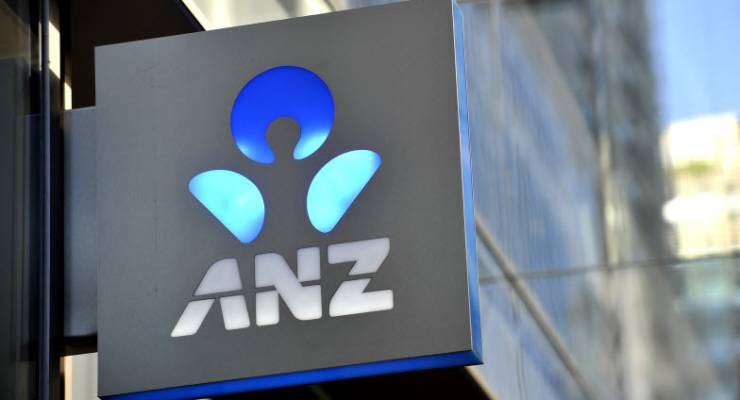
If you believed the parade of bank CEOs who attended the government-controlled House Economics committee hearings in October, they were very sorry for any mistakes in the past and they were working hard to change their cultures to ensure similar “mistakes” — like defrauding customers, giving them bad advice, interest rate rigging and systematically refusing to pay insurance claims — wouldn’t happen again.
The committee’s report came out last Thursday and reflected an acceptance of the banks’ collective stance, with some recommendations that would barely quality as wrist-slapping, including the establishment slightly confusing banking tribunal, which will double up on the existing financial ombudsman.
Alas, a day later the Australian Securities and Investments Commission produced a document of its own. ACCC has long been one of the problems of banking regulation, but insists it is part of the solution. On Friday, the regulator announced it was initiating action against ANZ and Macquarie Bank for cartel conduct in 2011.
Mac Bank, of course, hadn’t been called by the government’s cuppa-and-a-chat response to demands for a banking royal commission. It is Australia’s fifth biggest bank, and at September 30 it had $193 billion in assets and earned a net profit of just over $1 billion (meaning it will earn more than $2 billion in the year to March 31, 217 – making it one of the most profitable companies in the country and especially among financial groups). It was not called because it is not a big player in retail banking, though it does manage billions of dollars of super money here and offshore and is a major player in so-called white label home mortgages, which other groups brand.
According to the ACCC:
“Following cooperation by ANZ and Macquarie, the parties have agreed on the following facts to be presented to the Federal Court for its consideration: a Macquarie trader, together with traders employed by ANZ and a number of other banks, all located in Singapore, communicated via private online chatrooms about daily submissions to be made to the Association of Banks in Singapore (ABS) in relation to the benchmark rate for the Malaysian ringgit (ABS MYR Fixing Rate); on various dates in 2011, traders employed by ANZ and the Macquarie trader attempted to make arrangements with other banks that particular submitting banks would make high or low submissions to the ABS in relation to the ABS MYR Fixing Rate. The ACCC alleges that on various dates in 2011, ANZ or Macquarie sought to influence the ABS MYR Fixing Rate published on that day, and thus attempted to contravene the cartel provisions of the Competition and Consumer Act 2010.”
ANZ’s up for 10 instances and Macquarie, eight.
No mention of the matter from ANZ’s Shayne Elliott at the time of his appearance before the inquiry.
The problem is, the assurances provided this time around by bank executive are exactly like the assurances we’ve heard before. Last year, Elliott’s predecessor Mike “King of Asia” Smith assured us all that everything was fine within the banks. “The banking industry is one we should be proud of, particularly here in Australia,” Smith boasted. In 2014, Smith spoke of the need for banks to earn customers’ trust. In 2009, Smith — acknowledging the reputational damage inflicted by banks on themselves during the financial crisis — spoke of how ANZ’s new logo showed how the bank put customers and staff at the centre of its operations. That was before the cartel conduct, the allegations of rate-rigging and the revelations of toxic workplace culture.
In seven years’ time, Elliott’s successor will most likely be offering the same pious niceties about mistakes all being in the past and how important it is that banks re-earn trust. Yet again.
* An earlier version of this story indicated ASIC was pursuing action against ANZ and Macquarie Banks. This has been amended. Crikey will endeavour to dig through our alphabet soup better in future.







I believe it is the ACCC taking action, not ASIC.
I think you have mixed up ASIC with ACCC here… Was this article not sub-edited?
“The banking industry is one we should be proud of, particularly here in Australia,”
“The banking industry is a voracious pariah, a veritable blood sucking vampire squid that in effect is a tax on living, and nowhere more than in Australia where banks are among the most profitable in the world.”
There. Fixed!
Which one was it that said “This is the most humble day of my life”? Or was it Rupert ….. they all start to sound the same after a while.